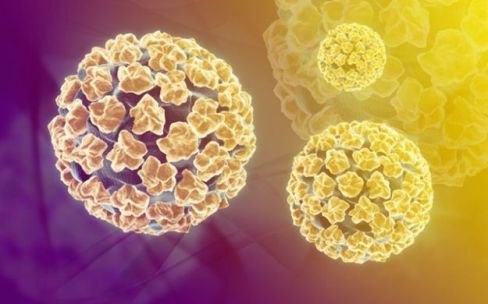Human papillomavirus: Symptoms, test and vaccine
The infection by the Human papillomavirus (HPV) is an important risk factor for the cervical cancer. A virus that is spread through sexual intercourse and that, in addition to being able to attend without obvious symptoms, can remain dormant in the body for years and without we suspecting in its presence.
It is essential to prevent its spread and, in case of suffering from it, detecting as soon as possible its presence. Currently, the best method of prevention is vaccination. Let’s see, more thoroughly, behind the human papillomavirus.
Table of Contents
Risks
The papillomavirus is part of a large group of over one hundred types of viruses, of which 40 are transmitted through sexual intercourse, affecting the genital tract, both the feminine as masculine. At least 15 of these viruses are considered high risk to cause cervical cancer.
Contagion
The papillomavirus transmission is in the majority of cases sexual, though there is also risk of contagion to sharing infected underwear or transmitted from mother to child during childbirth. The use of condoms reduces the risk of transmission during sexual intercourse.
Symptoms
What are the signs that may cause to suspect the presence of human papillomavirus? In many cases it’s an asymptomatic virus, but it can appear certain physical manifestations, such as the formation of genital warts that may appear weeks or months after unprotected sexual intercourse.
Test
The HPV test is commonly prescribed in women when cervical cells collected and subjected to cytological analysis does not have a clearly identifiable nature. In this case is an additional test of the cells. Vaccinated women need not be tested for HPV.
Vaccine
The best prevention against the papillomavirus is the vaccine that protects against the most common Papilloma genotypes, and especially called genotype 16, one of the most at risk of producing cervical cancer. The vaccine is given to girls from 11 to 12 years.
